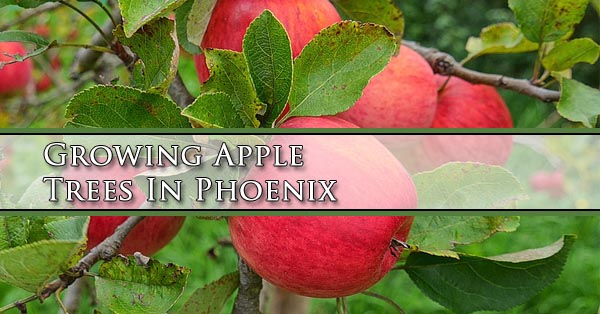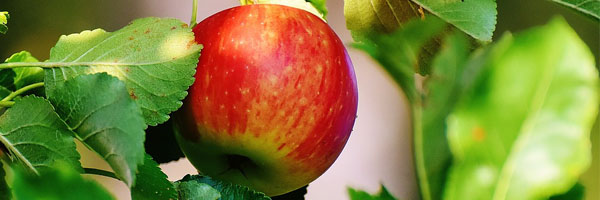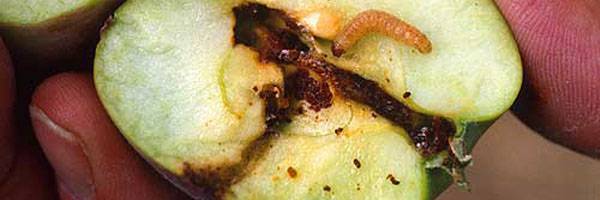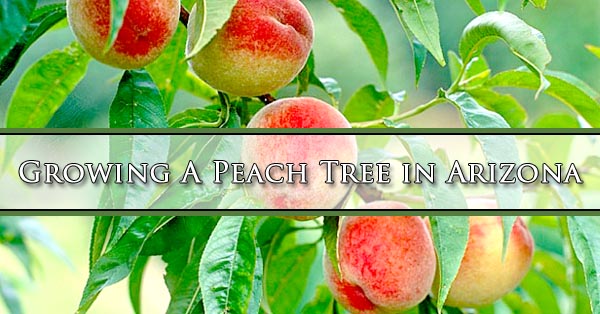
Growing apple trees in Phoenix is fun, and it helps take some of the cost out of the grocery bill. There is nothing like fresh fruit from your own yard. With drying, canning, and proper refrigeration these apples can last months or longer. Trees that grow best in Phoenix have low chilling requirements, as we only have about 300-400 hours per year where the temp is between 32 and 45 degrees Fahrenheit. To get the most out of the trees it is also smart to plant trees that self pollinate and are early maturing.
Best Type Of Apple Tree

The state of Arizona covers a few different growing zones. Each zone describes the climate and the plants and trees we grow are designated which zones they will grow best in. Phoenix is a “zone 9” area and considered very hot and arid. Because of this reason the apples trees that are recommended for our area are limited to 2 species.
Dorsett Golden Apple Tree
The Dorsett Golden apple tree is one of the two most successful types of apple trees for the hot and dry conditions that prevail for most of the year in Phoenix. The fruit matures quickly and is an early season harvest. The Dorsett Golden is known for its excellent flavor and is self fruiting. The apples tend to have a firm feel and be flavorful. The apples end up a nice yellow color.
Anna Apple Tree
The Anna apple tree is the other great option for this region. It is also an early season harvest, so once it begins to produce fruit, it will do so much earlier than other apple trees. The fruit has an excellent flavor as well as the tree being also self fruiting. These trees do require a little work as they need to be thinned as the fruit grows. These apples can be ate fresh or used for cooking and keep about 2 months in the refrigerator.
How To Plant Apple Trees

Choosing The Tree At The Nursery
We already know the two best variants of apple trees for the Phoenix area. With that in mind you also will have to choose a rootstock. Apple trees have 2 parts that make up each tree, the scion (top) and the rootstock (foundation). The rootstock determines if the tree will be a full size, or dwarf tree. The scion is what determines which variety of fruit you will have. Dwarf trees are easier to grow, easier to harvest, and take up less room in your landscape. Choose 1 year old, bare root, dormant trees with good root systems. You can expect full size trees to produce fruit in about 5 to 8 years and dwarf trees to only take 3 to 4 years.
Choosing The Location To Plant
Where you plant your tree will affect the quantity and quality of the fruit you grow. The soil needs to be examined for the proper pH balance and the amount of daily sunlight has an effect on your tree. The Maricopa County Extension Program can help test and interpret soil samples to know how much nutrients should be added to your soil to grow your apple tree.
The tree should get sunlight for most of the day. Choose a location in your landscape that is north or east facing to help the tree get as much sunlight as it can per day. If you have chosen a dwarf tree you might consider growing it against a fence for support as these trees are notorious for uprooting themselves. This can happen because of the phenomenal fruit growth and extra weight. If you can’t plant it against a fence, consider adding a trellis system for support.
Planting The Tree
First off remove all grass and weeds within a 4 foot diameter area where you are planting your apple tree. Dig the hole about two times the size of the root system and about 2 feet deep. Work the edges of the hole to loosen up the soil so the roots will be able to expand more easily. Throw some of the loose soil back in to the hole. Spread out the roots and place the tree into your hole. If the tree has been allowed to sit and dry out some you will want to soak the roots for 24 hours before planting. Resist the urge to fertilize at this time, as the roots can be burned. Apple trees are usually grafted and will have a swelled area where the rootstock attaches to the scion. This area should be about 2 inches above the soil line when your tree is planted.
Getting Your Apples To Grow

While we know that new dwarf trees will still need 3 to 4 years to start to produce fruit, the car you give the tree from day one and through the life of the tree will affect how well it produces fruit.
Young Tree Pruning
For young apple trees it is best to keep your pruning to the absolute minimum. Restrict your pruning to dead, broken, or misplaced branches. If you want to direct growth without over pruning you can rub off the buds growing in the wrong areas on misplaced branches. You can also use some string and stakes to bend stems down. This helps slow growth and promotes other branches to produce fruit.
Mature Tree Pruning
A tree is considered mature when it has filled in and is producing apples. Now it does require more through and regular pruning. Clearly the time to prune your apple tree is when it is dormant during the colder months. The first task is to remove overly vigorous stems that are growing upright. These are usually found in the top of the tree. Clear off weak twigs and shorten up the stems that are too droopy when there is fruit on them.
After a decade of growth on your apple tree you will find fruiting spurs. These are stubby branches that grow only about a half an inch per year. These branches can become decrepit and tend to be overcrowded. Remove a portion of them, and consider shortening others. If an entire limb has become decrepit considering shortening it up to encourage the growth of a new fruiting limb.
Thin Out For Quality
As your tree begins to produce fruit you will want to limit the overall quantity of apples growing on the tree. This should be done not only to prevent heavy crops from breaking your limbs, but also helps ensure larger, and better tasting apples. To do this, remove the damaged and smaller fruits shortly after the fruit-set. A good rule is having 4 inches of space between the apples you keep.
Avoiding Diseases & Pests

Apple trees are prone to pests, and all trees are prone to various tree diseases.
Controlling Larger Pests – The pests that can ruin or eat your fruit are mammals and insects. To control the rabbits, mice, deer or other hungry critters in your area you can use wire-mesh cylinders around the tree’s base to protect it.
Controlling Insect Pests – Wire-mesh isn’t going to stop beetles, apple maggots, or other insects from getting into your tree and ruining your crop. Insects can be controlled by applying a mixture of water, vinegar, and sugar and hanging the mixture in a jug with a wide mouthed container. For beetles you can get some Tangle Traps that are softball sized balls that attract and trap the beetles.
Benefits Of Eating Apples
We have all heard the saying “an apple a day keeps the doctor away”, but how much truth is there to it? Science has helped us understand better the claim, and there are some great benefits from eating apples. Here are the top reasons eating apples helps your health.
Help Fight Colds
While oranges might hold the title on vitamin C, adding apples does nothing but give you another way to get your best doses of this cold fighting vitamin. They pack over 8 milligrams for every medium sized apple you eat. That means roughly 14% of your recommended daily vitamin C requirement.
Helps Lower Cholesterol
There is about 4 grams of fiber in a medium size apple. A portion of that fiber is in the form of soluble fiber called pectin. Pectin has been linked to helping fight bad cholesterol, or LDL levels. This is due to the fact that pectin helps by blocking the absorption of cholesterol rather than storing it in your body.
Apples Fill You Up
There are a lot of things we eat that leave us looking for something more. Apples are full of fiber, about 4 to 5 grams of fiber per apple. They keep you full longer because our bodies take more time to digest complex fibers. Things like refined grains or sugars are processed much more quickly and leave us hungry more often, and a lot sooner.
East Phoenix Valley Nursery
If you are looking for your apple tree and need a nursery to help you get started A&P Nursery has 4 locations in the East Phoenix valley to help you out. Stop by and get all of the info you need to choose the right tree, get the tools you need, and the best advice about how to get the most out of your apple tree in the Phoenix area.
A & P Nursery
40370 N. Gantzel Rd.
Queen Creek, AZ 85240
480-655-5789
A & P Nursery
2645 W. Baseline Rd.
Mesa, Arizona 85202
480-839-5362
A & P Nursery
6129 E. Brown Rd.
Mesa, Arizona 85205
480-396-8800
A & P Nursery &
Lawnmower Shop
2601 E. Baseline Rd.
Gilbert, Arizona 85234
480-892-7939
